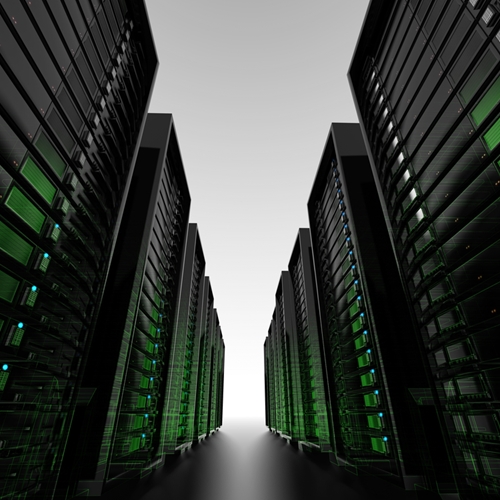Users' reliance on data centers has grown exponentially of late. The systems and processes that power those facilities are advancing at a rapid rate, and service providers have to keep up or risk relying on outdated technology.
"Data centers are undergoing fundamental changes as management shifts their focus to issues such as speed of deployment, manageability, scalability, efficiency and security," said Steve Hassell, president of data center solutions at Emerson Network Power. "They are seeking innovations that give them the agility they need to respond to changes both in the data center ecosystem and in the markets they serve."
Moving further into 2015, new innovations will emerge that change the landscape of the data center industry. Below are five of the biggest changes facing data centers in the coming year:
1) Cloud Use Continues To Grow
As more organizations adopt some form of software-as-a-service, enterprise use of cloud computing has become a well established part of the data center ecosystem. Now that the cloud is widely utilized and trusted, it has become a tool for business innovation. Companies are turning to the cloud to enable a variety of new processes, including analytics, collaboration and customer interaction. These new uses are allowing organizations to better understand their client base and bring products and services to market faster. An increasing number of enterprises will be looking to achieve similar results, creating an influx of users managing hybrid environments in which IT resources located on site are supported by strategic use of the cloud that enhances flexibility and resiliency.
2) Further Emergence Of Data Center Infrastructure Management
The increased use of virtualization is one of the most significant changes in the data center industry over the last two decades. As virtualization becomes even more prominent within data centers, the impact of such a development will continue to drive change and move the technology beyond solely computing and into the realm of networking and storage. With this virtual shift, hardware management will be a hurdle enterprises must cross in order to create a software-defined data center. Data center infrastructure management allows organizations to maintain virtual and physical systems at the same time and early adopters have proven that it's a valuable asset. A report by the Ponemon Institute found data centers that employ DCIM recover 85 percent quicker after an outage than those that don't.
3) Convergence Will Drive Standardization
The telecommunications and IT industries are starting to become more similar as voice and data services are frequently consumed on the same device. The two sectors are converging so quickly that half of the participants in Emerson's Data Center 2025 project predicted that at least 60 percent of telecom network facilities will be data centers within the next 10 years. As this convergence increases, it will drive standardization within the technologies supporting voice and data services and eliminate the silos traditionally separating the two critical functions.
4) Increased Integration
With a variety of markets experiencing rapid changes due to digitization, innovation and mobility, the need for the speed delivered by integration is more necessary than ever. Because of this demand, integration has moved past the IT stack to the support systems. For instance, modular data center design is enabling major organizations like Facebook and Google to develop fully customized, high performance facilities in two-thirds of the time it would take to construct a tradition complex. By combining quick deployment, scalability and enhanced performance, system integration provides enterprises with an ideal alternative for supporting additional IT capacity.
5) Focus Turns To Security
For years, the sole focus of data center risk management was to prevent downtime. While availability is still a major concern, cybersecurity has emerged as a more immediate priority. With so many endpoints connected to the Internet now, cybercriminals can enter a network from thousands of different places, all of which need to be covered. One of the most high-profile breaches in the last two years occurred after a hacker managed to access the network through exploitation of the company's HVAC system. As malicious actors become more sophisticated with their attacks, service providers and facility managers will have to work more closely with their security teams to audit the technology and software used within their data centers to increase defenses, as well as evaluate the security practice of contractors and other outside workers with access to facility equipment.
Brought to you by WiredRE, the nation's leading cloud, colocation, and data center advisory firm.




